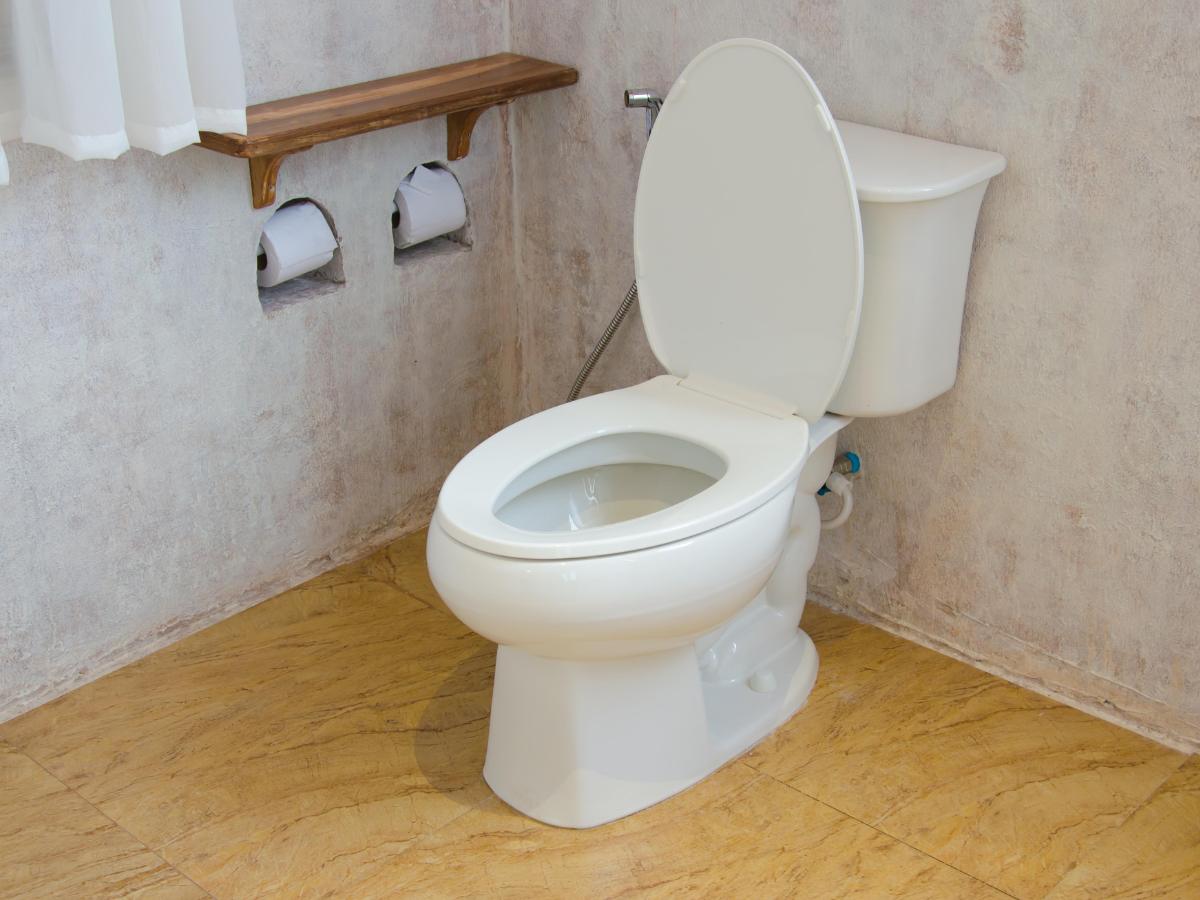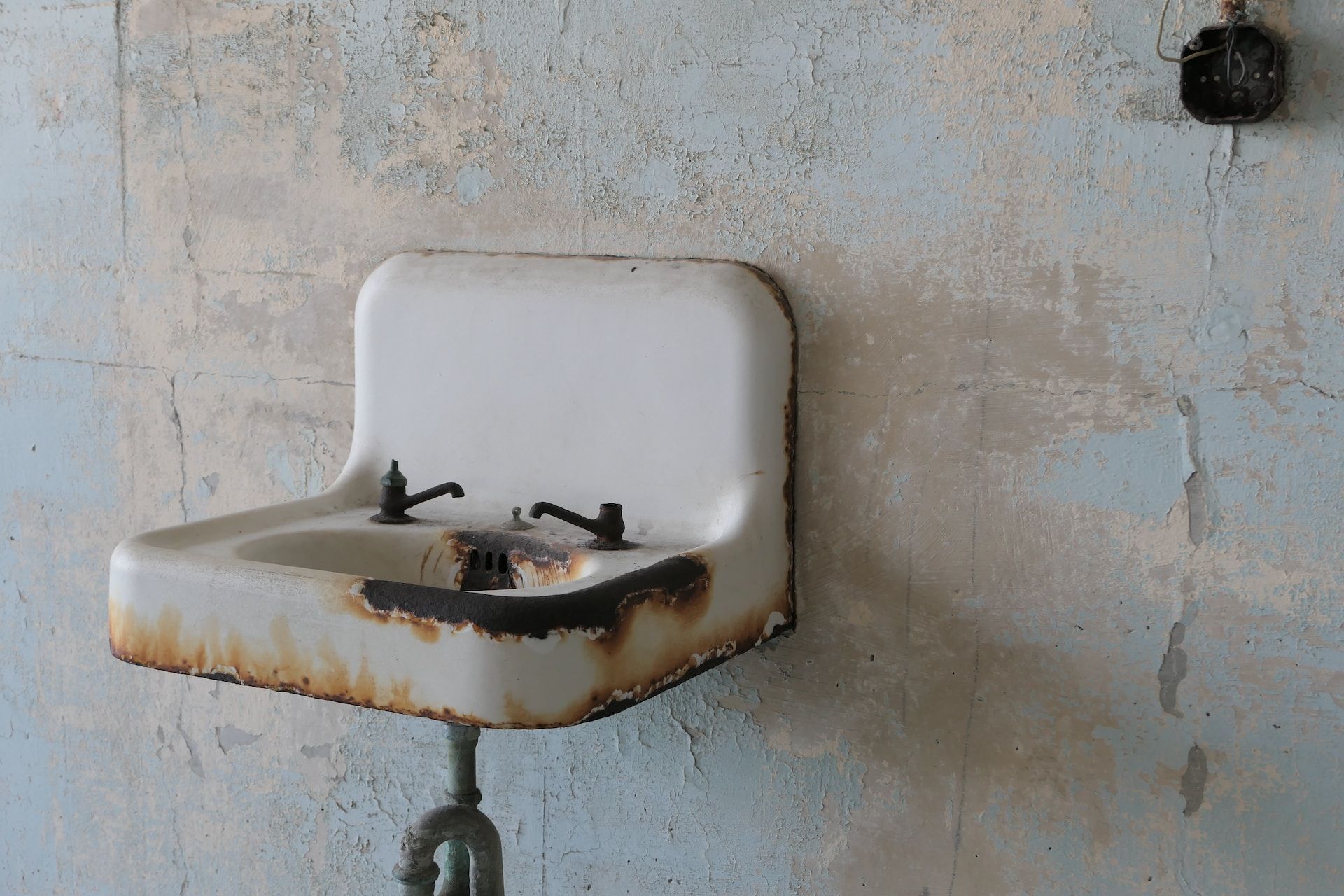Toilet Bubbling When Taking a Shower? Here’s What to Do
Experiencing a bubbling toilet while in the shower can be perplexing and a tad worrying. It’s one of those moments that make you pause and think, “Wait, that’s not supposed to happen, right?”.
Well, at Full Speed Plumbing, we understand how these little (or sometimes big) plumbing inconveniences can disrupt your day. That’s why we’re here with expert advice to guide you through identifying the problem and taking the necessary steps towards a solution. Whether it’s a simple cleaning fix or something requiring more expertise, we’ve got your back.
Stick around as we unravel this bubbly mystery and provide you with all the know-how to get your plumbing system running smoothly again.
Possible Reasons Why Your Toilet Is Bubbling When You Take a Shower
Here are some potential reasons why your toilet bubbles when you take a shower:
Drain Venting Issues
One common culprit could be issues with your plumbing vents. These are designed to regulate the pressure within your plumbing system, allowing wastewater to flow out smoothly and letting fresh air in. If these are blocked or not functioning correctly, it can lead to pressure imbalances that cause bubbling in your toilet.
Partial Clogs in Pipes
Another potential reason might be partial clogs within your plumbing system. Over time, hair, soap remnants, and other debris can build up, restricting water flow. When you shower, the additional water trying to move past these partial clogs can force air back up through the toilet, leading to those unexpected bubbles.
Obstruction in Sewer Line
Severe bubbling can also indicate an obstruction in the main sewer line. Whether due to tree roots invading the pipes or a buildup of waste material, this can significantly impact your home’s plumbing. It constrains the path for water and air, potentially causing bubbles or backflow into your home.
Air Bubbles in Toilet Trap
Lastly, the bubbling might be due to trapped air in the toilet’s P-trap. This U-shaped pipe holds standing water to prevent sewer gasses from entering the home. However, when air gets trapped in this section due to pressure changes, it may escape through the toilet bowl as bubbles during your shower.
What Can You Do To Address The Problem?
Are you tired of hearing your toilet bubble every time you want to take a refreshing shower? Be sure to give the following tricks a try:
- Inspect and Clean the Vent Stack: First, check the roof for your plumbing vent stack. Debris, leaves, or even bird nests can block these vents. Clean any blockage to restore proper airflow and pressure balance within your plumbing system.
- Plunge Gently: Using a plunger, gently plunge the toilet to dislodge any minor clogs causing the bubbling. Do not plunge too vigorously, as this could exacerbate the problem.
- Use a Plumbing Snake: For stubborn clogs that a plunger can’t clear, consider using a plumbing snake in the toilet and the shower drain. This unique plumbing tool can help break up and remove clogs further down the pipes.
- Check for Sewer Line Issues: If the problem persists, the issue may lie with the main sewer line. This task is usually best left to professionals, so consider calling a plumber to inspect for any signs of tree root intrusion or other blockages in the sewer line.
- Flush the Lines: Running a hose down the vents from the roof can help clear minor blockages and allow for proper venting. Be cautious and make sure the water pressure isn’t too high to avoid water backup.
By taking these steps into consideration, you can address and resolve the puzzling scenario of your toilet bubbling when showering. Remember, consistent maintenance and prompt attention to minor issues can prevent more significant problems.
Preventative Measures and Routine Maintenance
Maintaining a healthy plumbing system in your bathroom doesn’t have to be complex or time-consuming. By adopting some simple, routine actions, homeowners can significantly reduce the likelihood of plumbing problems, such as a bubbling toilet when showering.
Be sure to review these practical tips if you want to keep your bathroom plumbing in top condition:
- Regular Drain Cleaning: Make it a habit to clean your drains regularly. Use a simple mixture of vinegar and baking soda (followed by hot water) to break down soap scum and minor blockages. This natural cleaning solution is gentle on the pipes and can prevent buildup that leads to clogs.
- Avoid Chemical Drain Cleaners: While they may seem like a quick fix, chemical drain cleaners are incredibly harsh and can damage your pipes over time. If you’re dealing with a stubborn blockage, mechanical cleaning methods like plunging or snaking are safer and often more effective.
- Use Drain Screens: Place mesh screens over your shower and bathtub drain to catch hair and soap particles. This simple preventive measure can drastically reduce the debris entering your plumbing system, keeping water flowing smoothly.
- Be Mindful of What You Flush: Not everything can (or should) be flushed down your toilet. Items labeled as “flushable”, like specific wipes and feminine hygiene products, can create blockages and stress on your plumbing system.
- Schedule Annual Inspections: Consider having a professional plumber perform an annual inspection of your plumbing system. They can pinpoint and address potential issues before they become major problems, saving you time and money in the long run.
By integrating these tips into your home maintenance routine, you can ensure that your bathroom plumbing remains healthy, reducing the chance of unexpected issues like bubbling toilets. Remember, a little precaution and regular care can go a long way in maintaining the efficiency and longevity of your home’s plumbing system.
Conclusion
In conclusion, a bubbling toilet during a shower is more than a minor inconvenience; it’s a sign that your home’s plumbing system may need attention. From blocked vent stacks and partial pipe clogs to more significant sewer line obstructions, various issues could be causing this problem.
Fortunately, by following the practical steps outlined—from simple DIY solutions like vent stack inspection and drain cleaning to seeking professional help for more complex sewer line issues—you can effectively address and resolve these plumbing puzzles. Investing in a regular maintenance program and preventive measures is key to ensuring the smooth operation of your bathroom’s plumbing and building a more efficient living space.
Should you encounter persistent or complicated plumbing issues, don’t hesitate to call the experts. Full Speed Plumbing in Mount Vernon, Washington, is ready to assist you with any plumbing challenges you face and ensure your system operates efficiently and effectively.
Contact us today for professional, reliable service that keeps your home’s plumbing in top condition.



